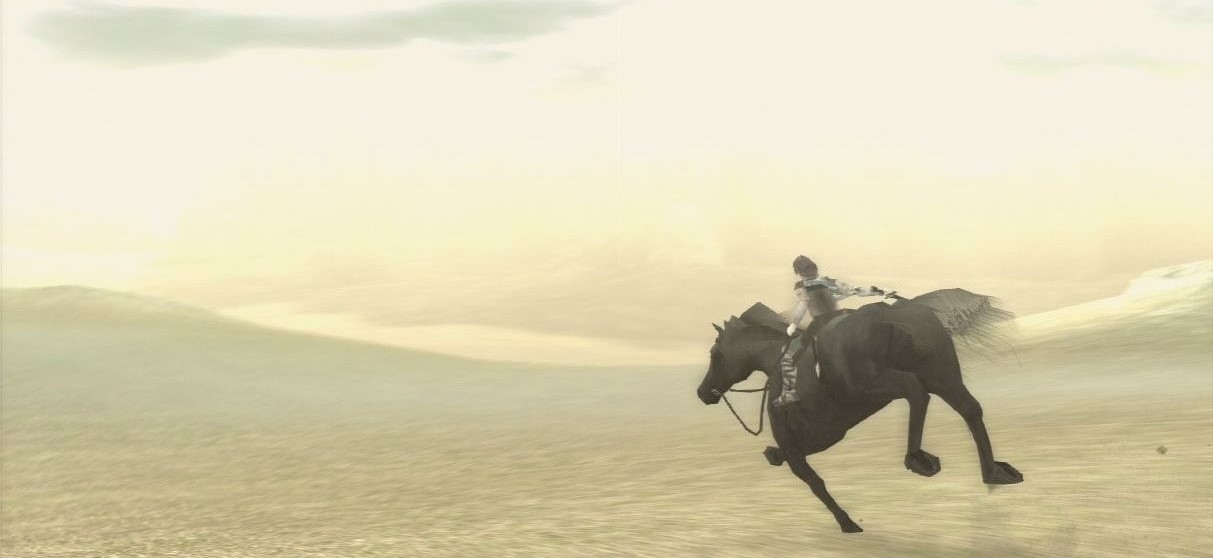I need to tell you something, and it might be controversial. Okay? Because I need to speak the truth. I like good graphics. I like ‘em a lot. PHEW. Feels good to say it out loud. Because I’m in deep with this stuff. I want to know exactly how the game’s draw distance works. I love to pretend I understand what it means when they drop sentences like “rather, just with the more or less 2d-depth buffer generated from that geometry.” It’s just fun, you know? To see how close to realistic games can push themselves. I watch the cutscenes and ads made by Blur, not because I have any real attachment to the story or characters, but just because I like seeing just how shiny and pretty we can make stuff. I like graphics. And if you’re playing video games in the year 2020, it’s a pretty good time to like graphics. I mean, have you seen them?
There’s also an inherent level of prestige that looking like this brings. I feel like we’re really susceptible to it actually. For instance the Life and Works of David Cage. I won’t say that all Quantic Dream’s games have absolutely garbage-tier storytelling only considered worth of consideration and prestige because of their graphics. But I will say that about Detroit: Become Human. This game is bad! This game is not good! This game is a 7-year-old’s understanding of a civil rights movement and a 70-year-old’s understanding of interactivity. It’s hard to overstate how much it bungles its central metaphor.
The thing about Detroit: Become Human, though, is that it looks… really good. Like it looks really good. And I genuinely don’t want to condescend towards people who liked it, but… the graphics are the thing that gives it the feeling of “quality,” right? It’s kind of hard for me to imagine that this game would have anywhere near the same level of status, level of support, amount of money behind it, if it didn’t look so much like a AAA, industry-leading game is supposed to look like. I think we just inherently give it the benefit of the doubt. And you gotta admit, games like Detroit look sweet when they’re in a sizzle reel.

